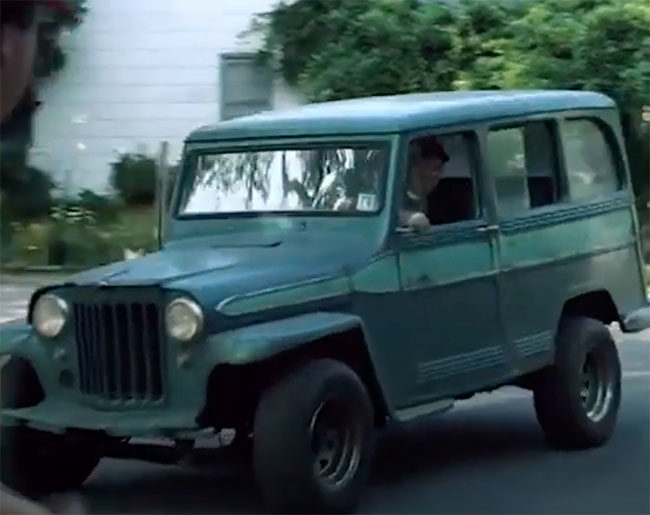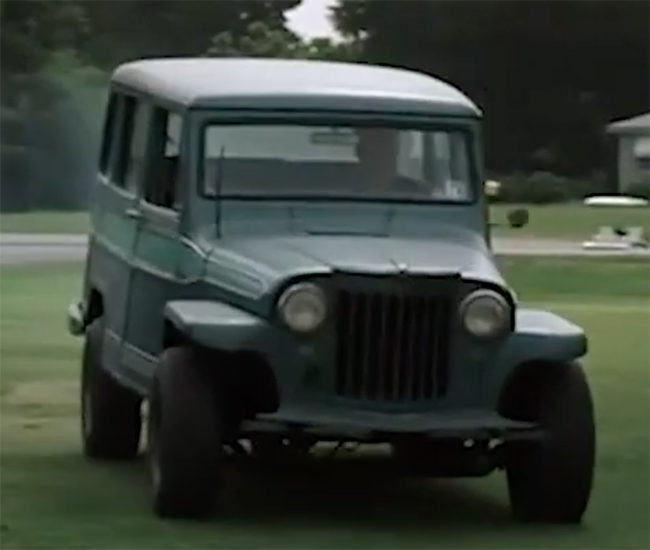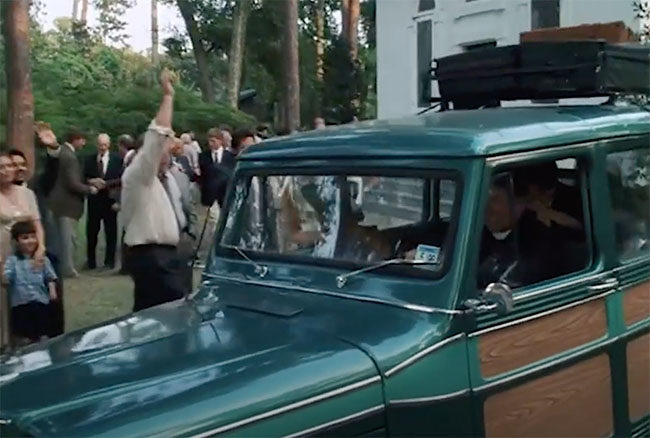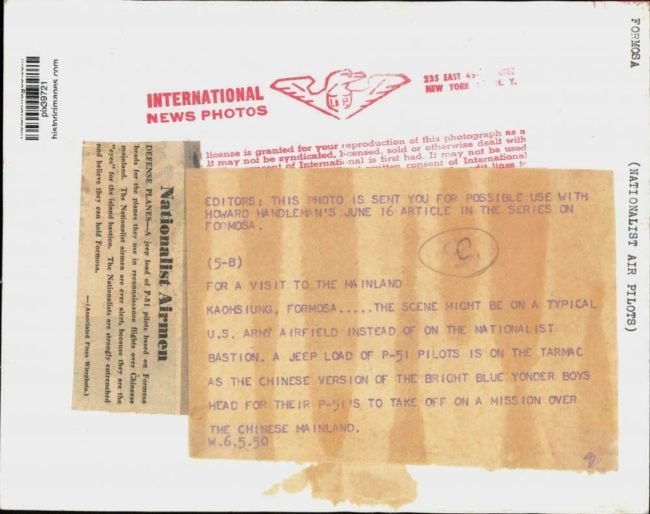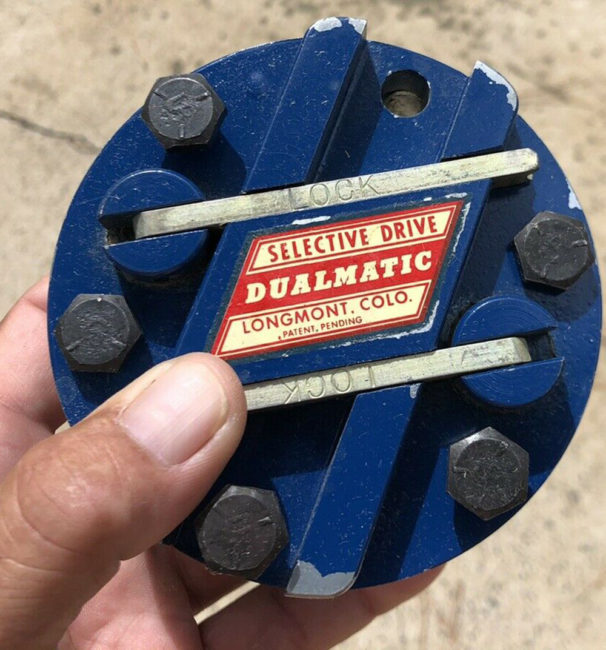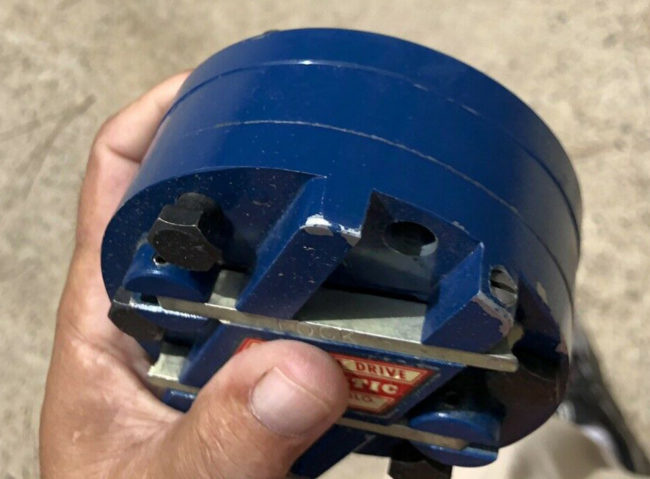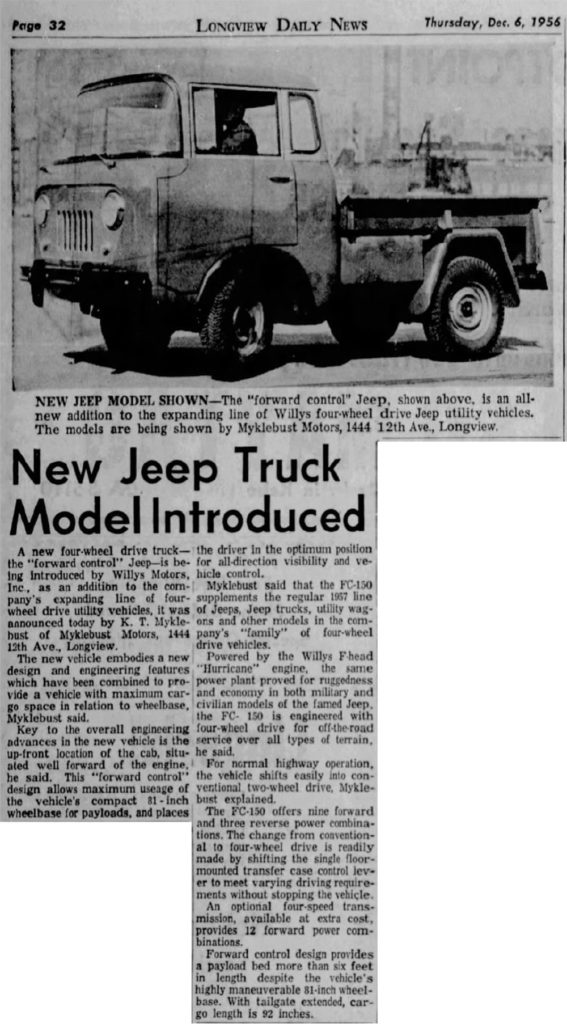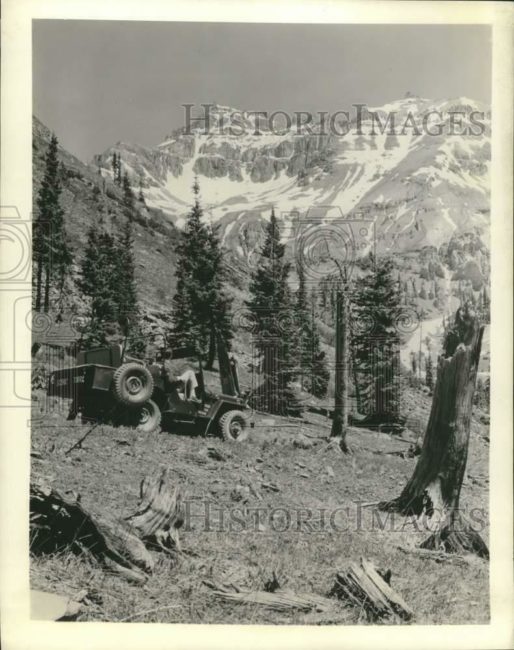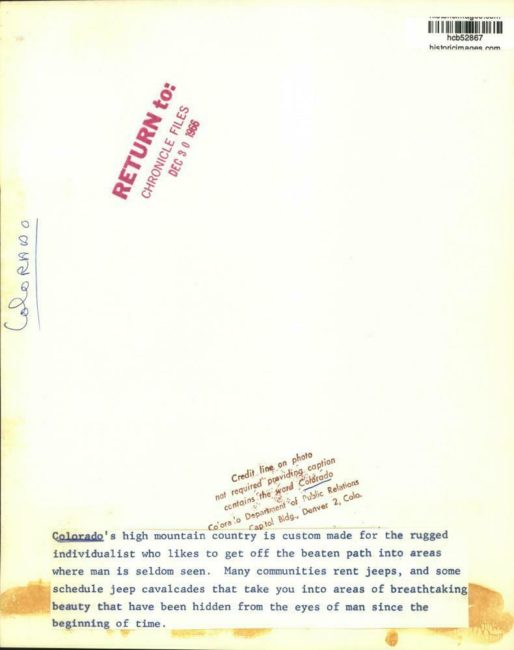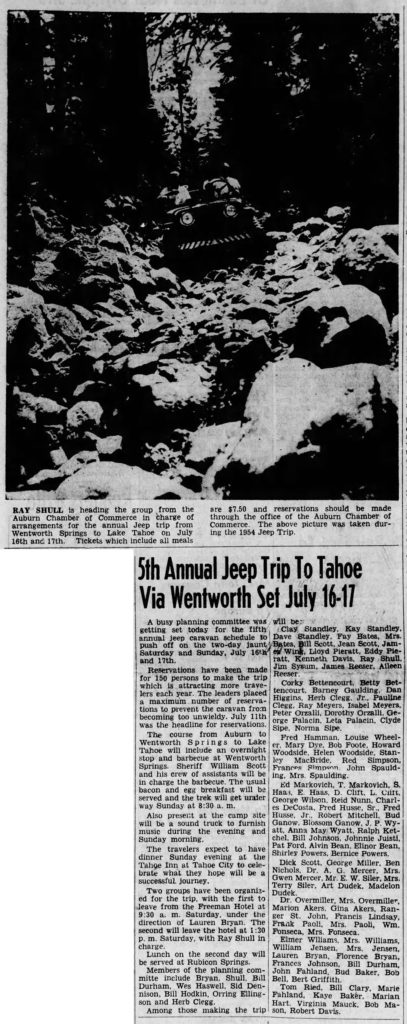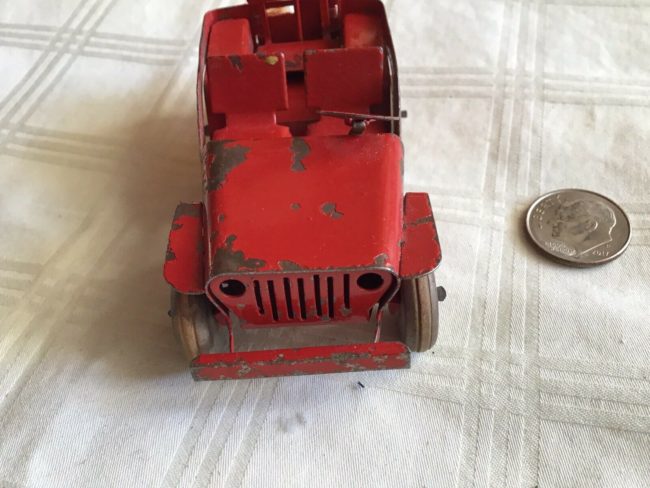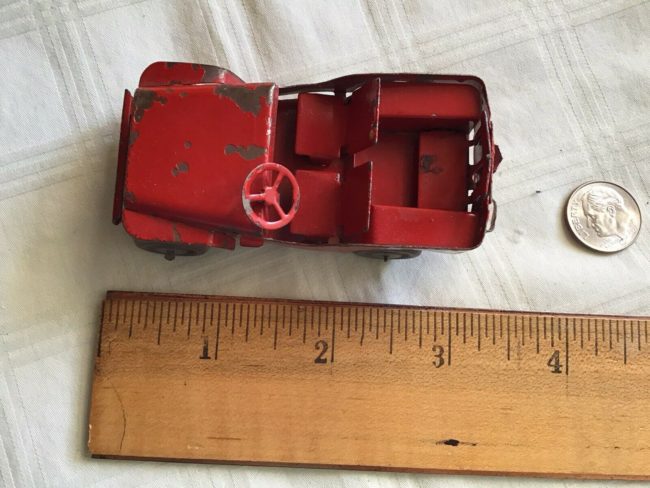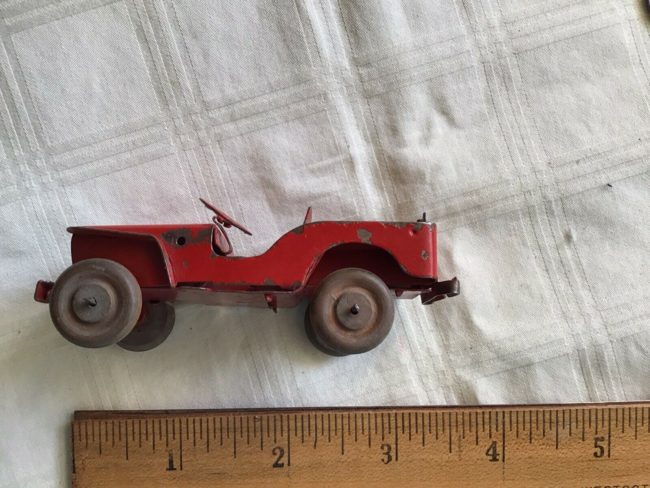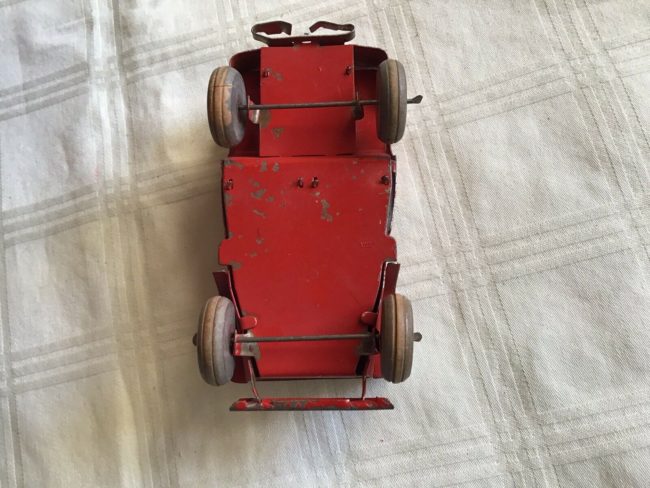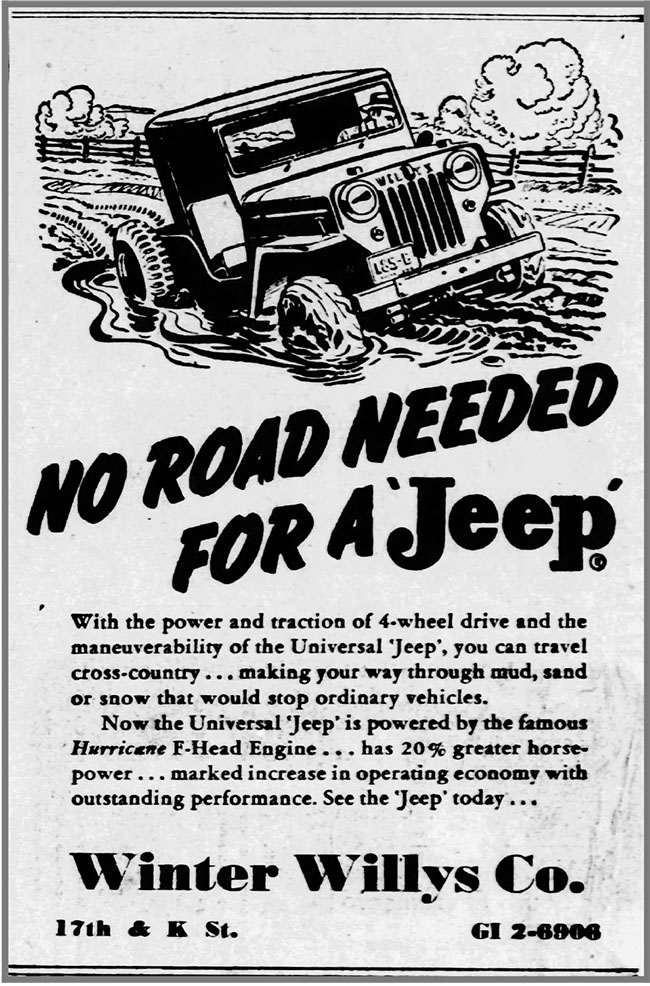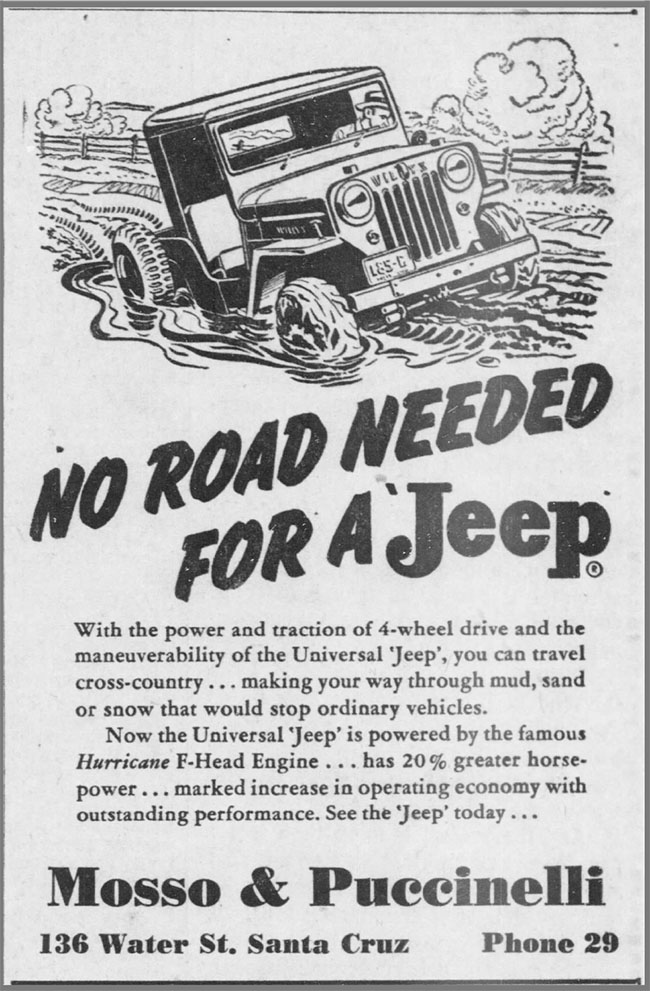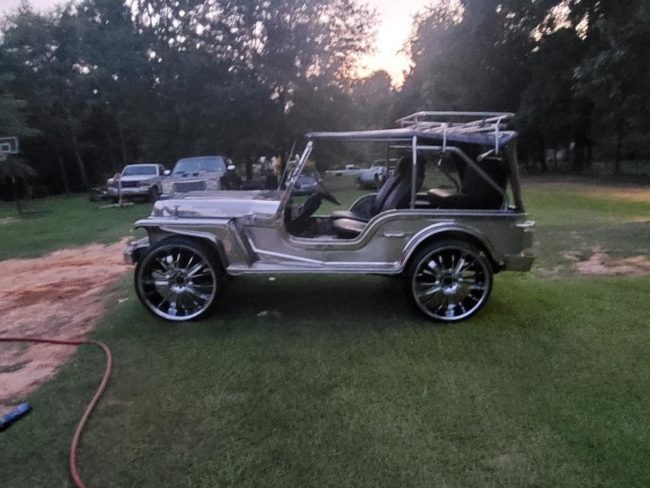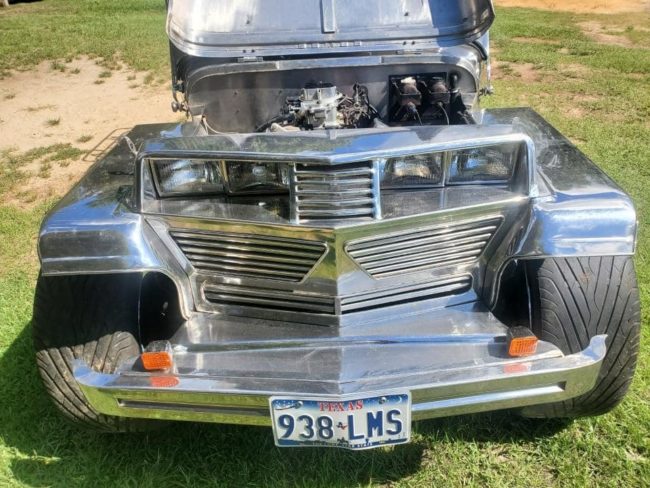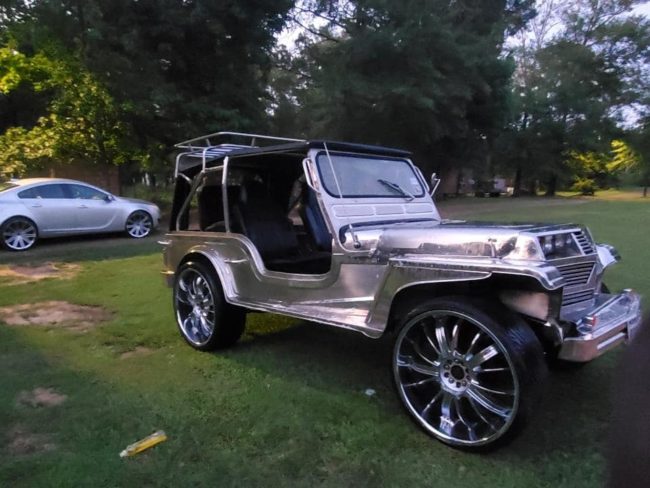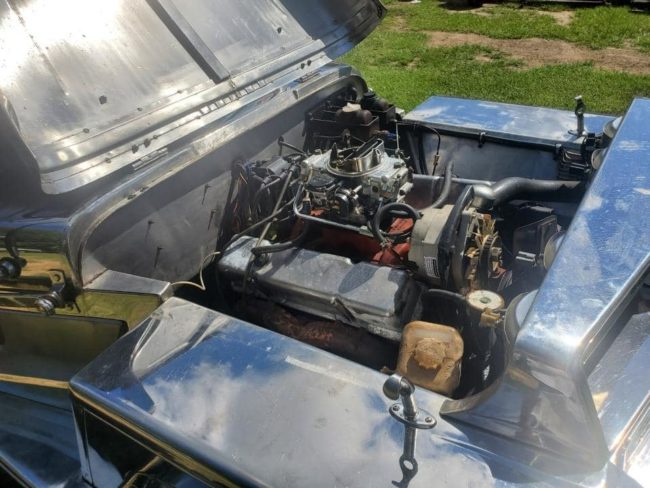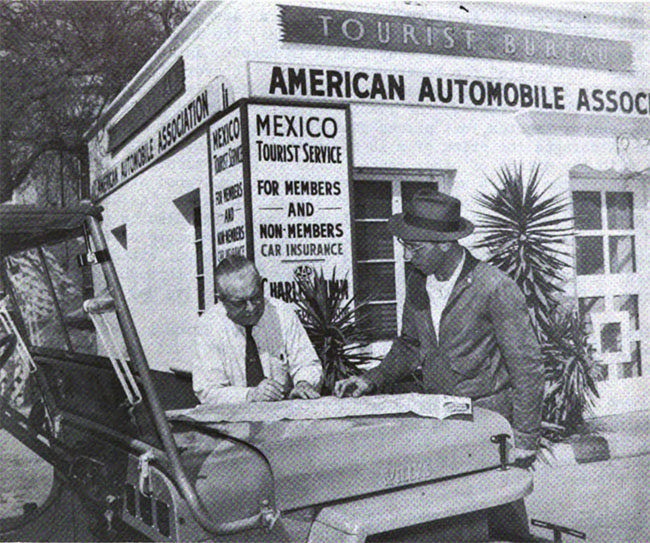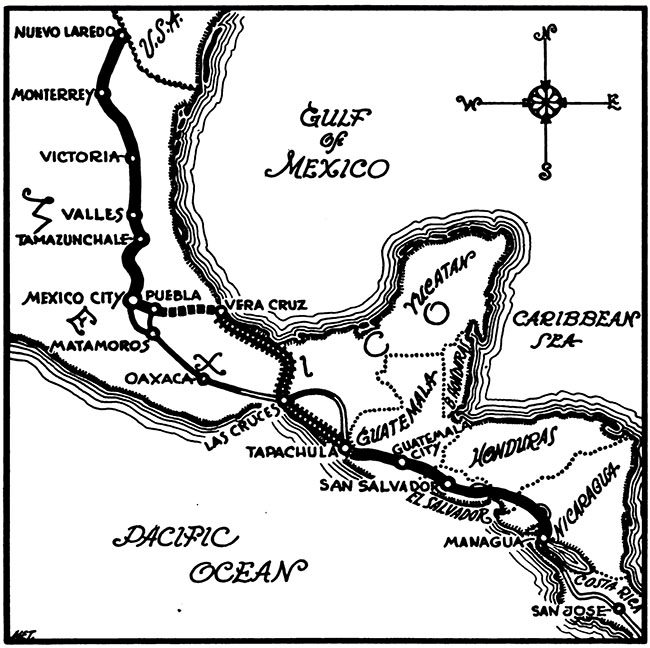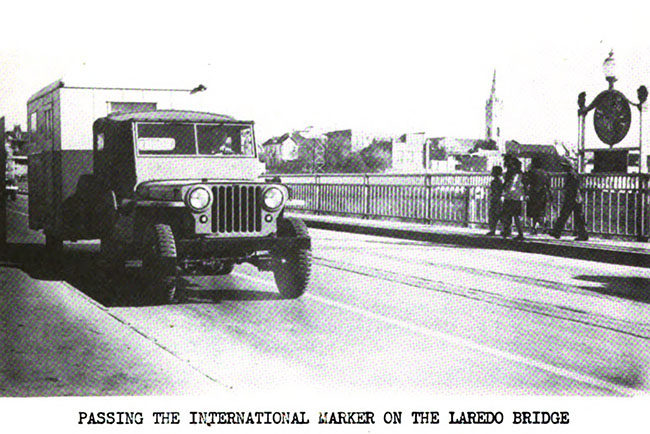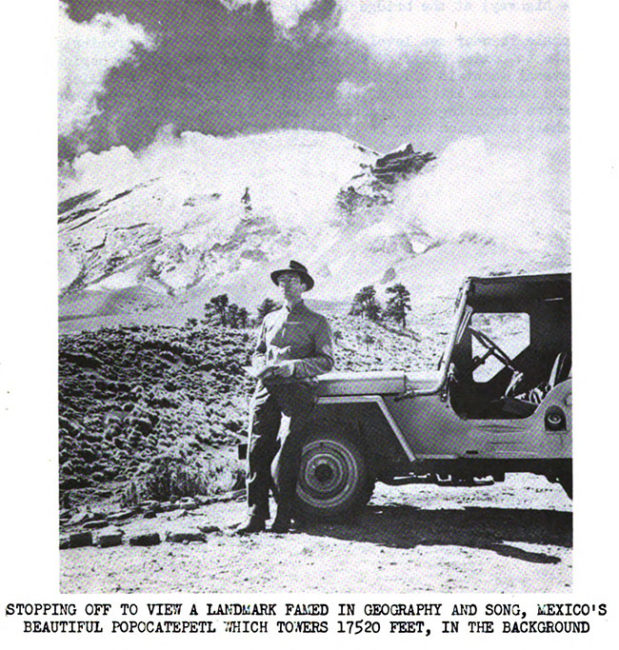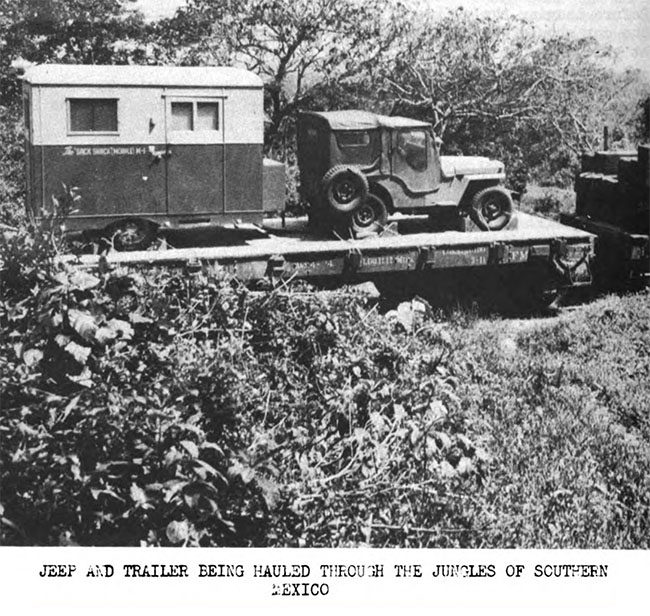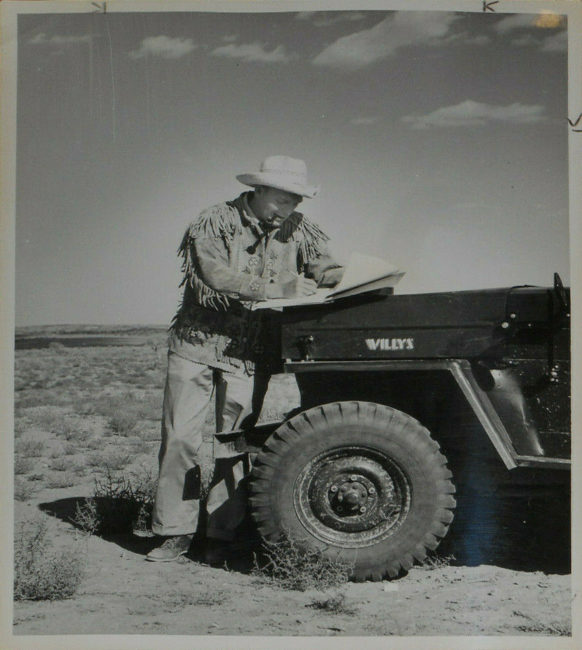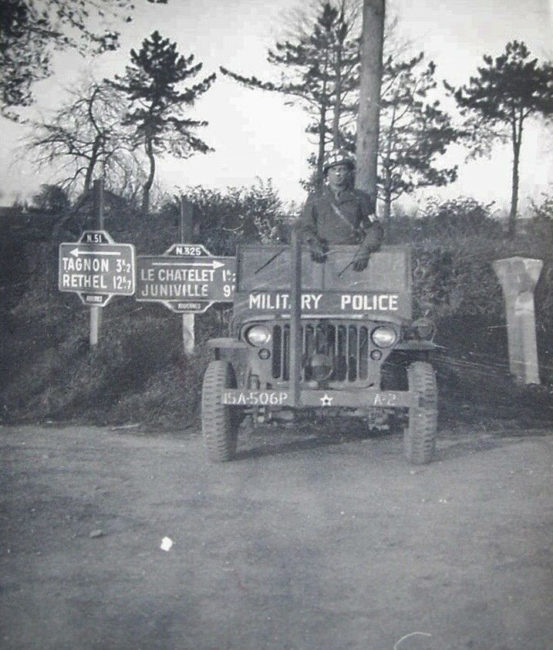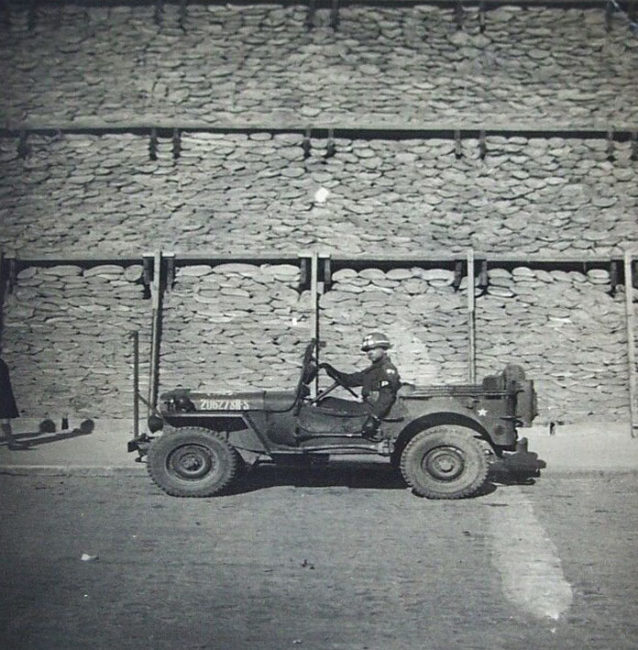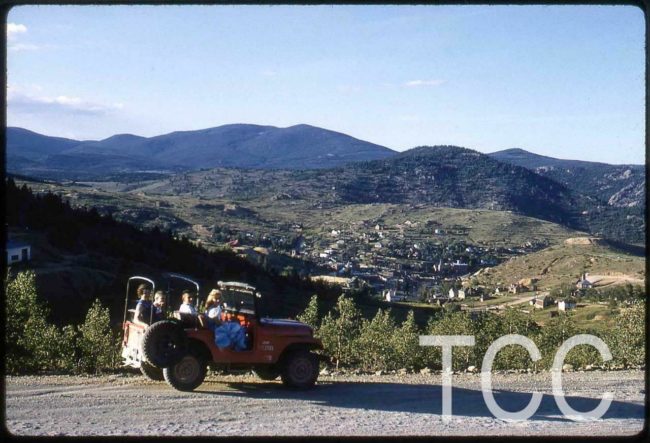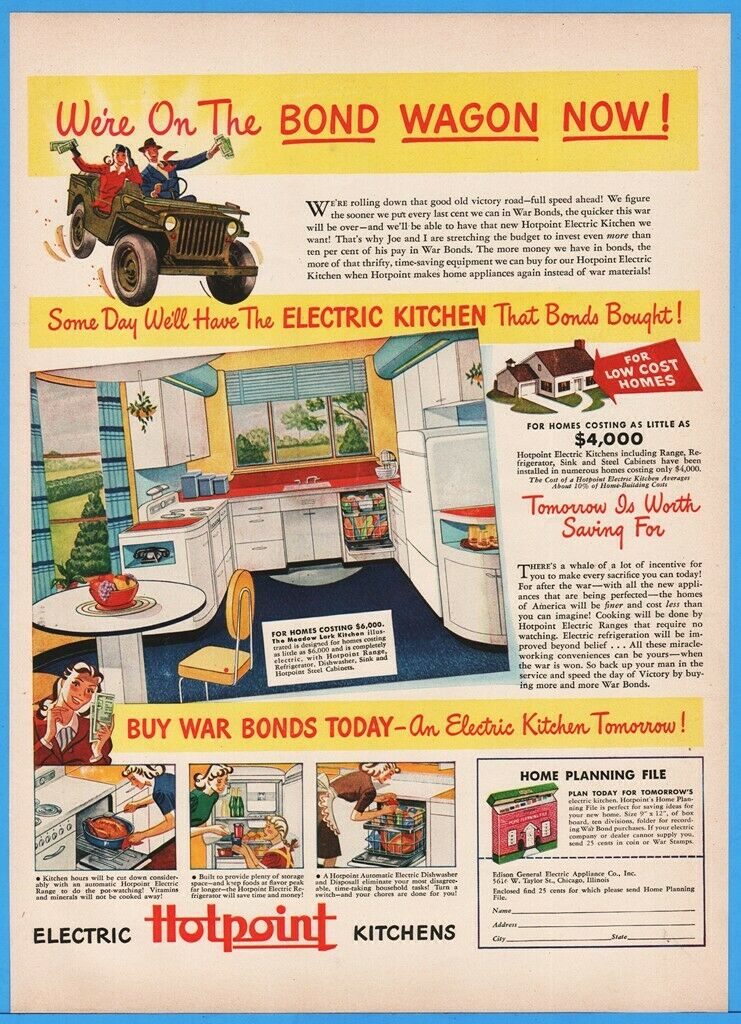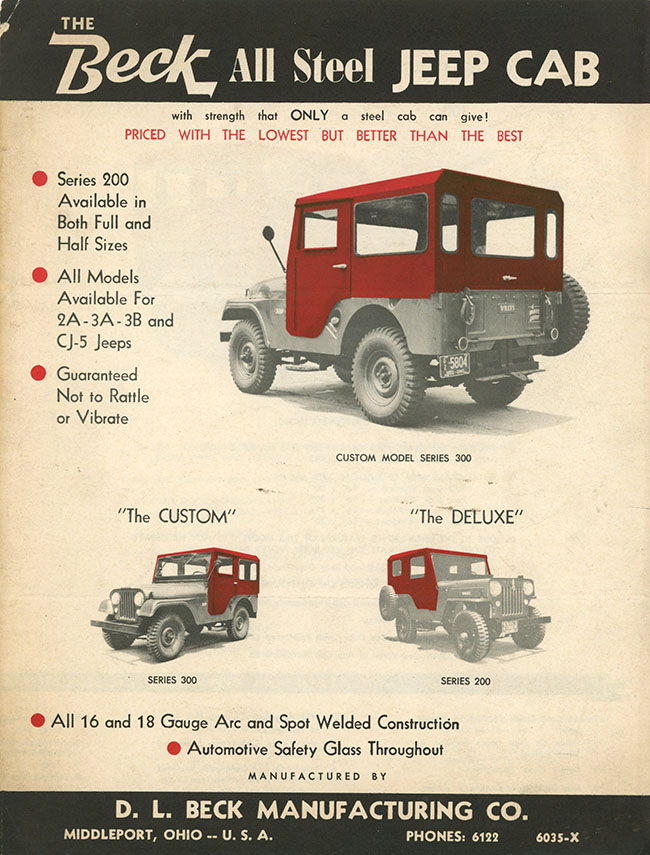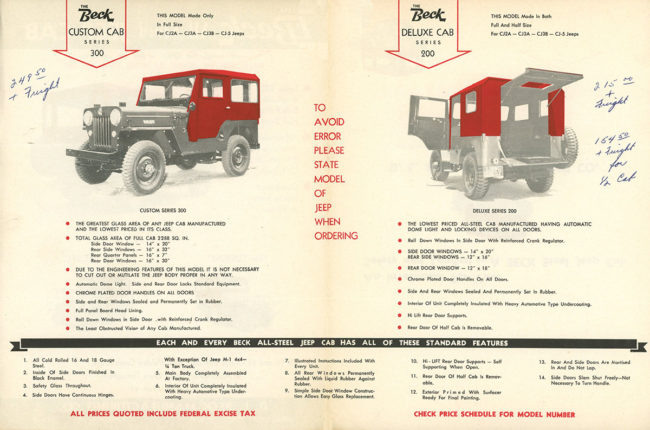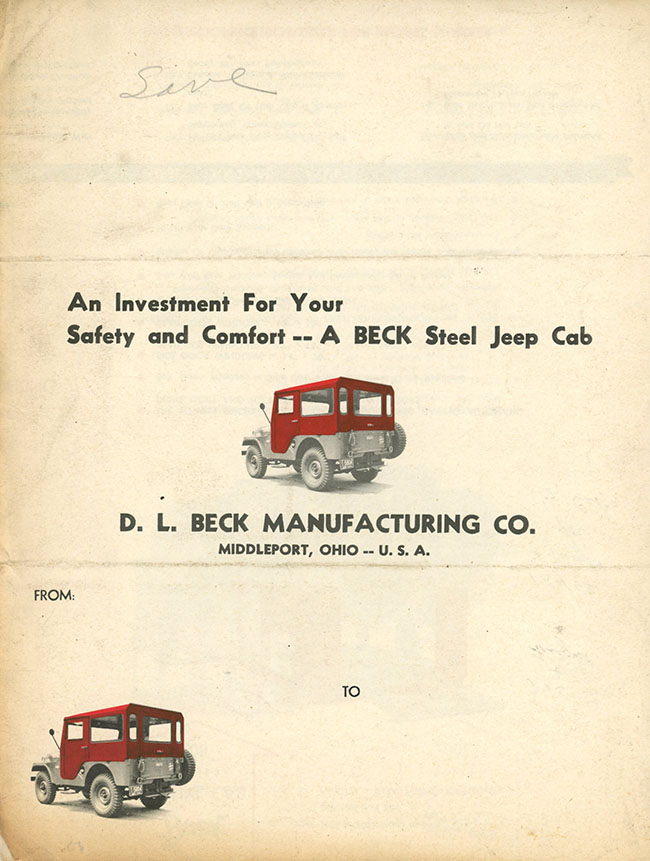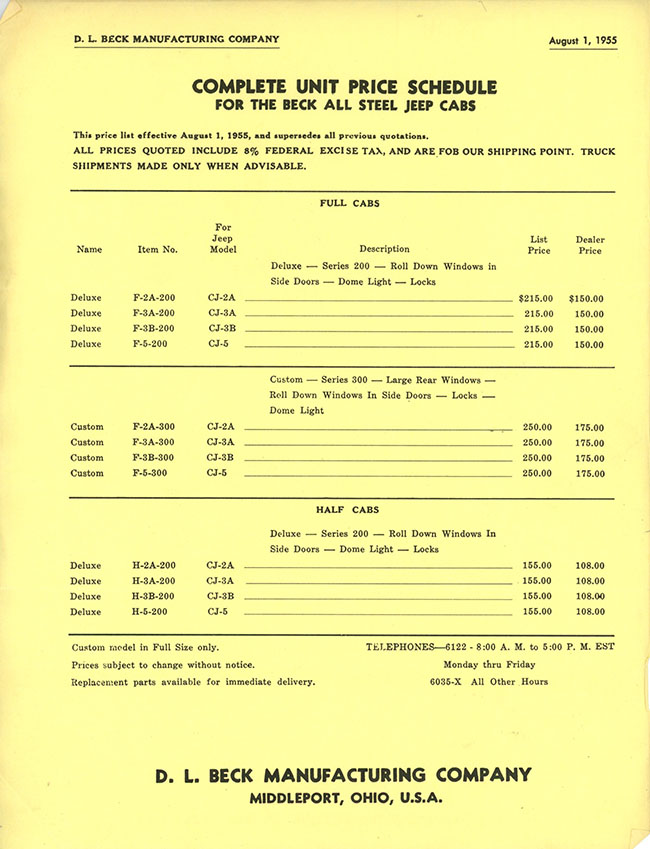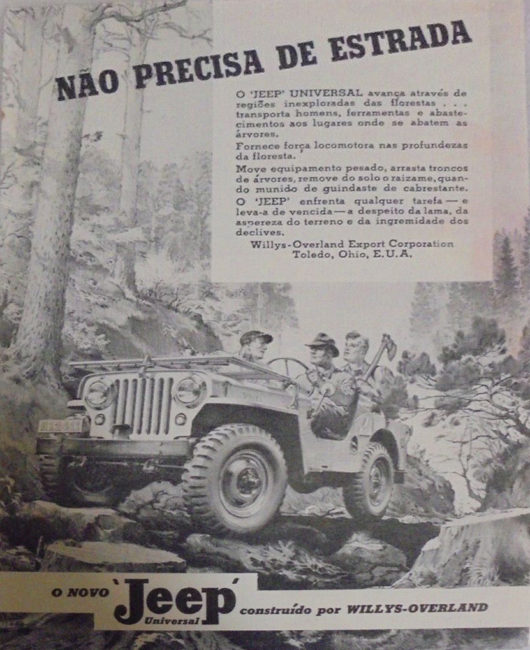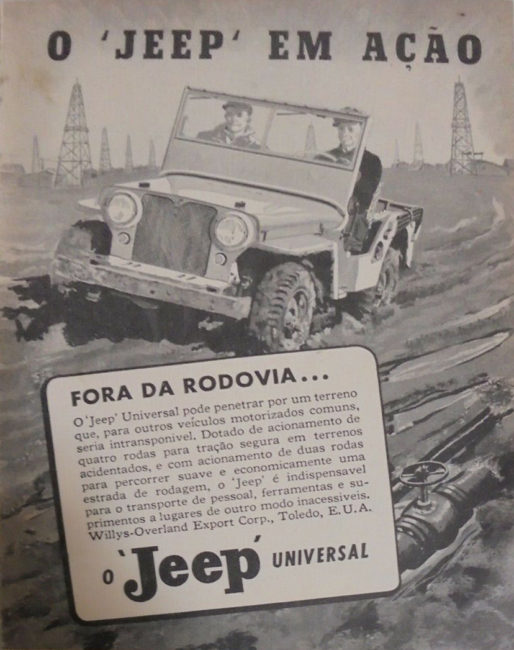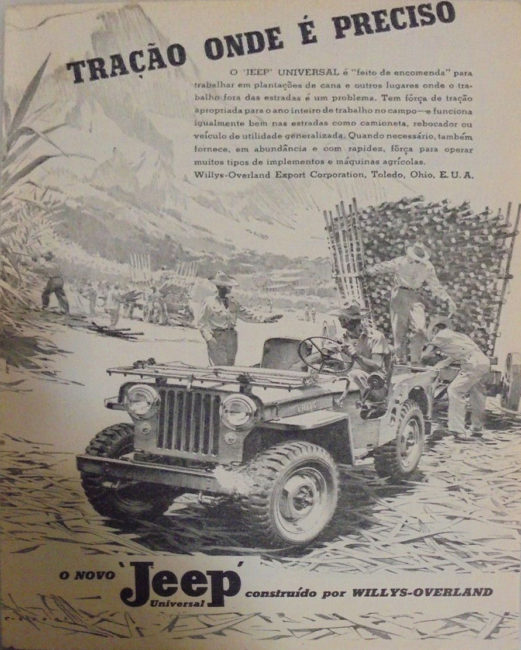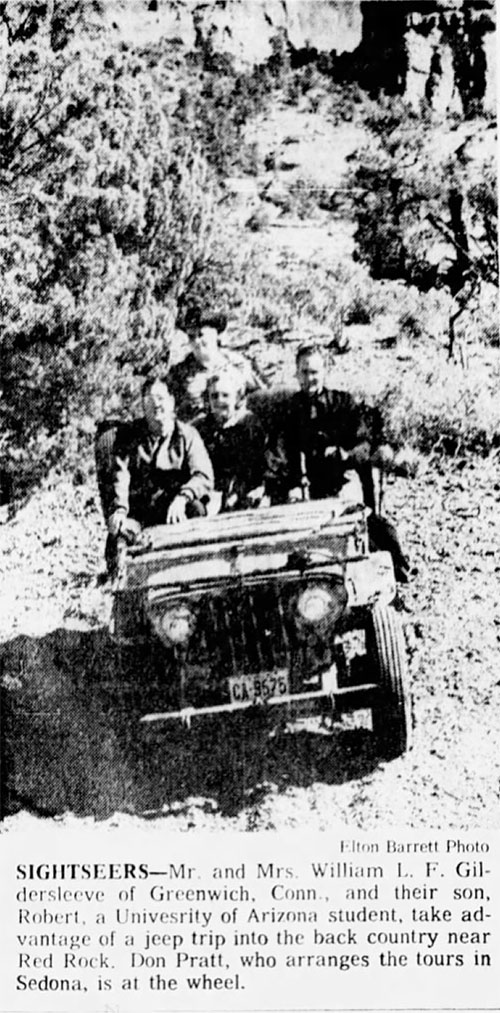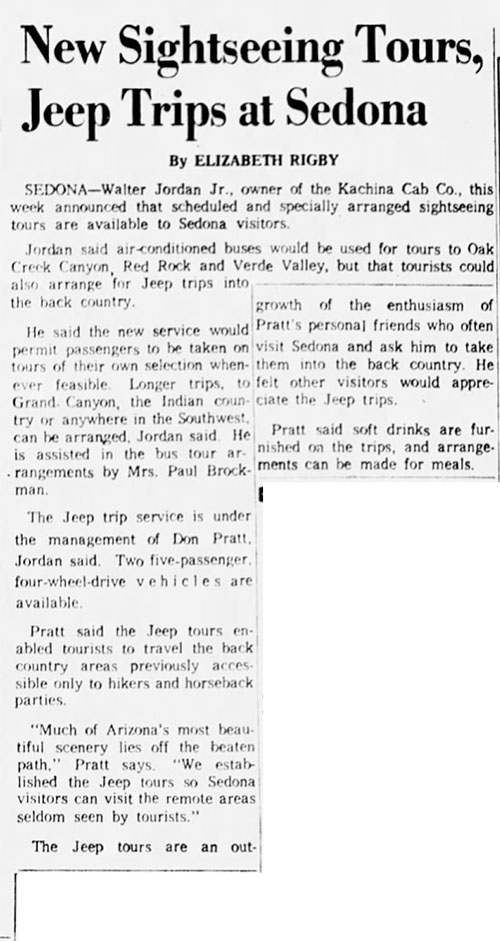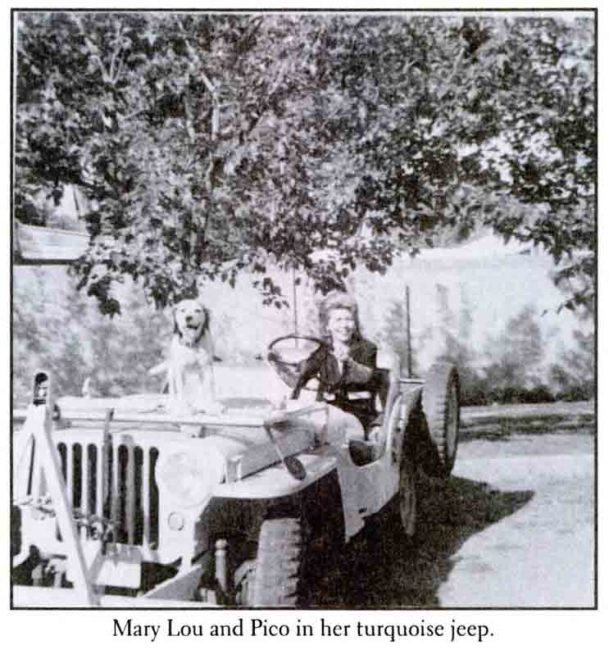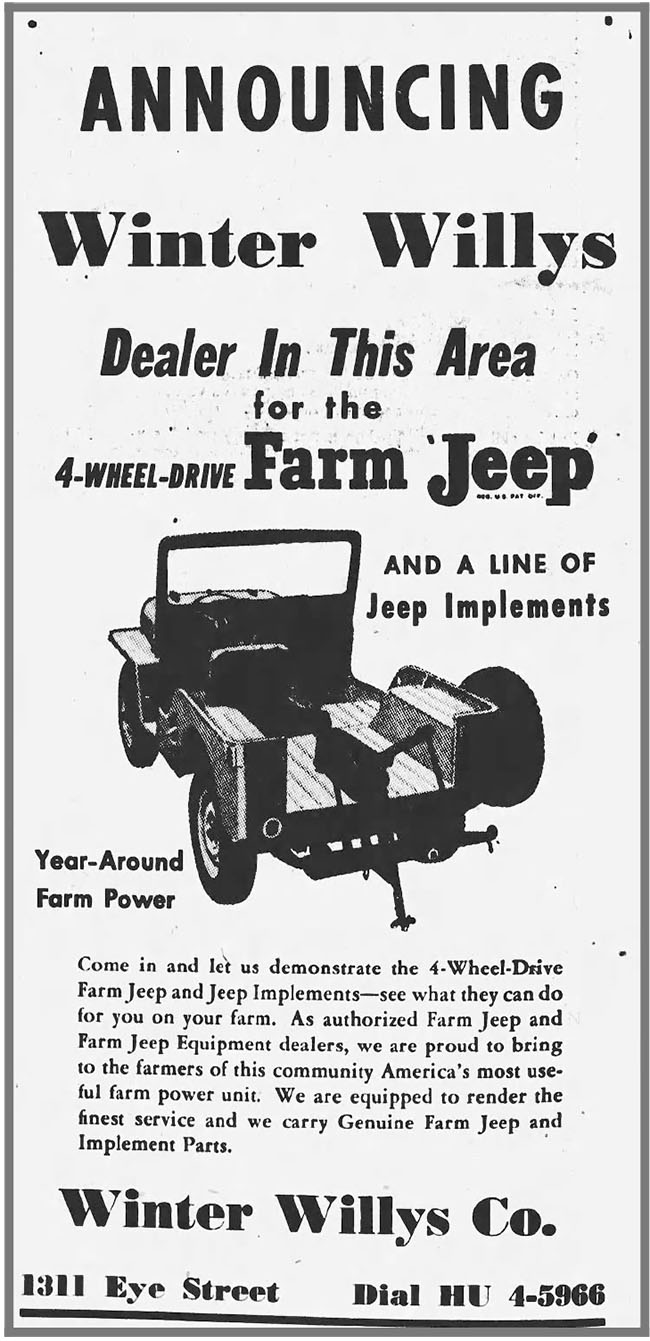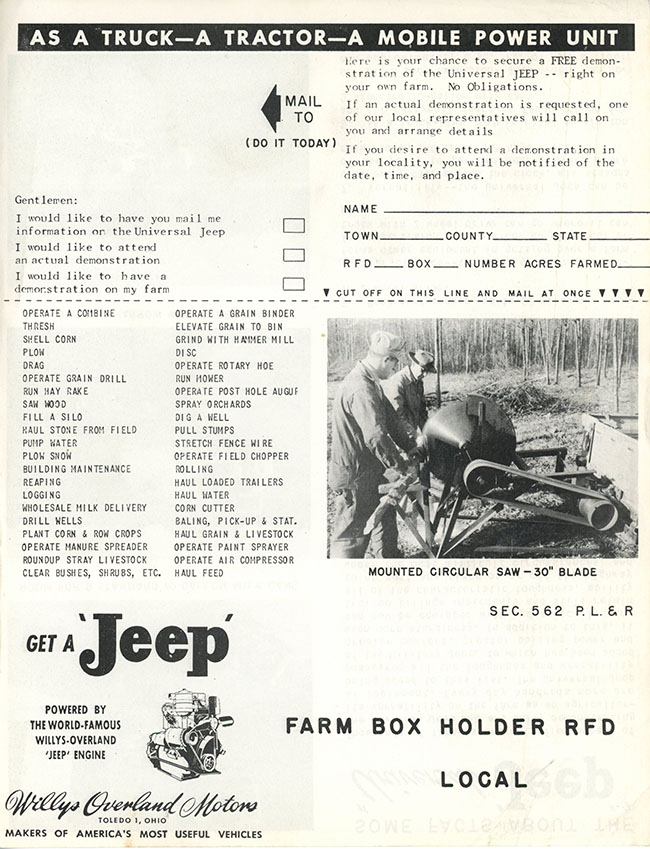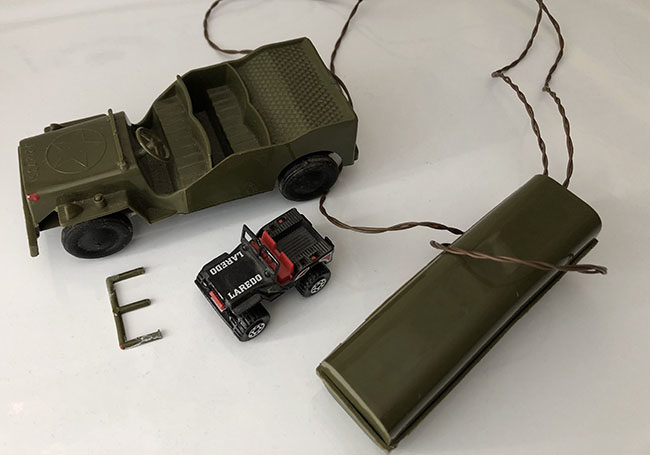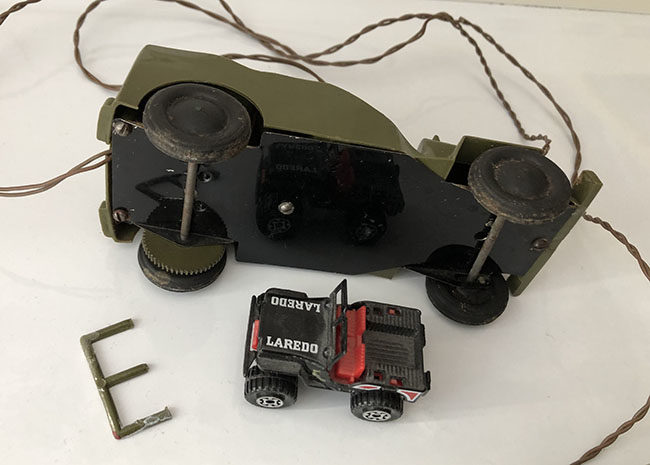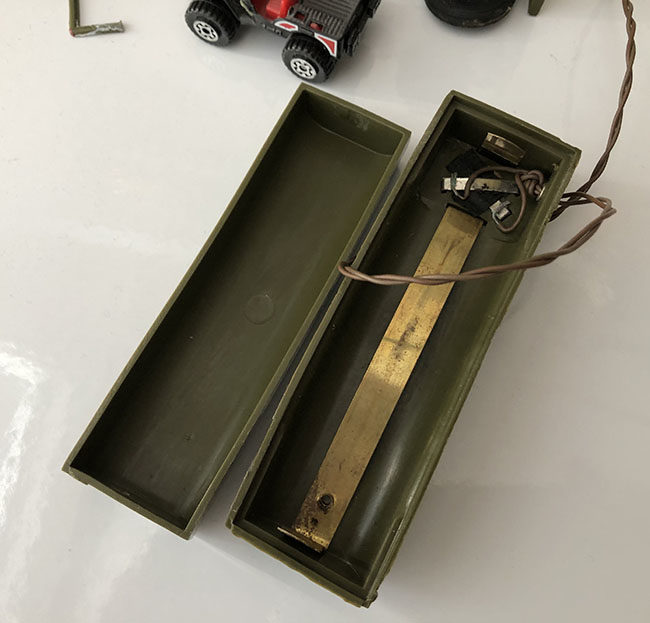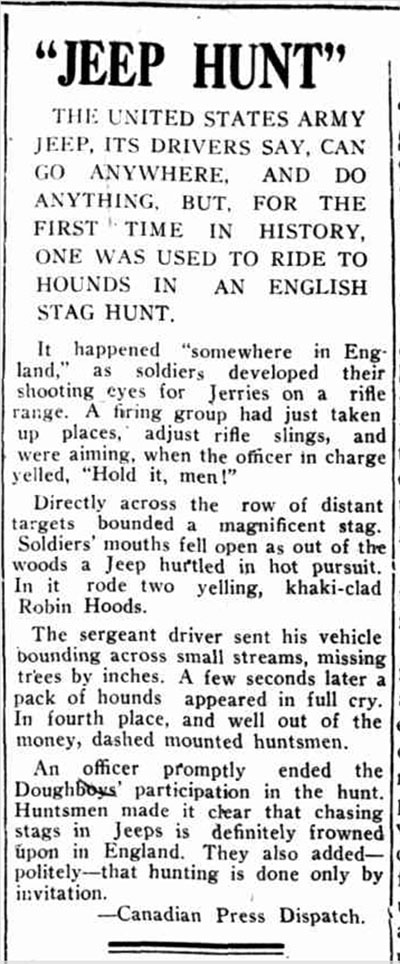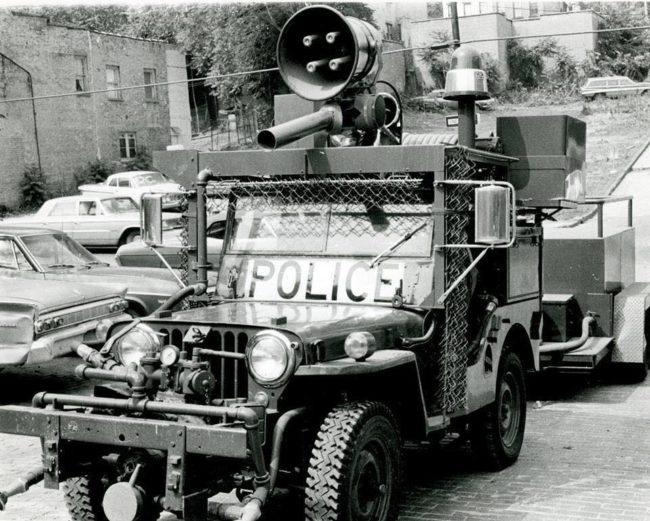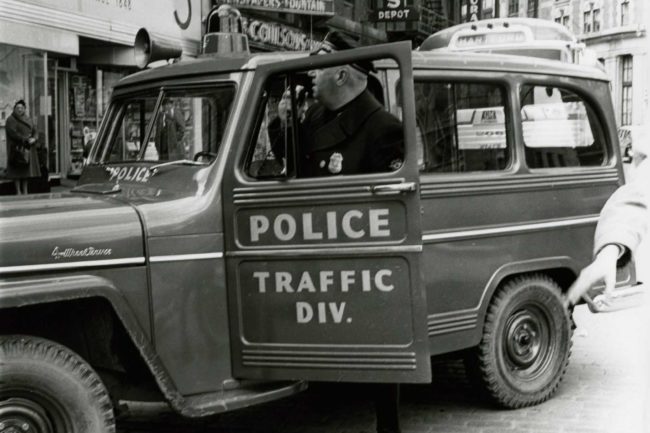UPDATE: Here’s a related post of a rough history of Dualmatic and Selectro and Husky, as their histories intertwine.
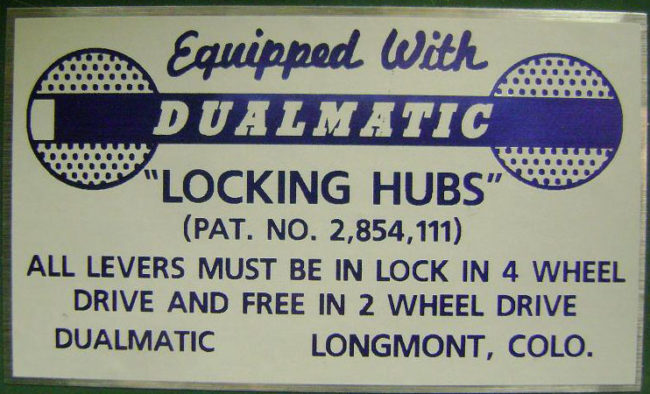
You’ll note that the patent number 2854111 is the same one connected to this single lever design: https://patents.google.com/patent/US2854111. Read to the end, as this patent number appears connected with an odd looking, Dualmatic-related hub.
This post is all Scott Gilbert’s fault. We got talking about the different color of Dualmatic hub labels on Sunday and, suddenly, my Sunday afternoon vanished into research!
This post leverages the great work from the CJ-2A.com’s dualmatic twin-lever page and the ih8mud hub forum about Dualmatic twin-lever hub variations. For the record, I’ve never owned any of these hubs, so I’m leveraging pics and the internet as best I can. It is a working post. If you have corrections or comments, please let me know!
If only I had each set of hub in front of me I might have a better shot at highlighting the differences (height and faces), but I do not have them. So, I’ll just do my best with the faces and some documentation for dating purposes.
I was going to use the CJ-2A page’s nomenclature, but after studying the different faces, I think it’s better, as I hope you will see, to expand the styles types:
Design A: Recessed center, full ribs, sharp-ended ribs
Design B: Raised center, full-ribs, sharp-ended ribs
Design C: Raised center, full-ribs, round-ended ribs
Design D: Raised center, one-end of both ribs recessed from the edge, all round-ended ribs
Design E: Raised center, both-ends of ribs recessed from the edge, all round-ended ribs
Design W: These were marketed by and stamped as Watson hubs (hence why I call them Watson hubs), but also stamped and sold by third-parties like Sears unstamped and unbranded.
Before we begin with the twin-lever design, let’s look at the single lever design. Dualmatic’s founder Charles Simonsen’s original patent was for a single lever design.

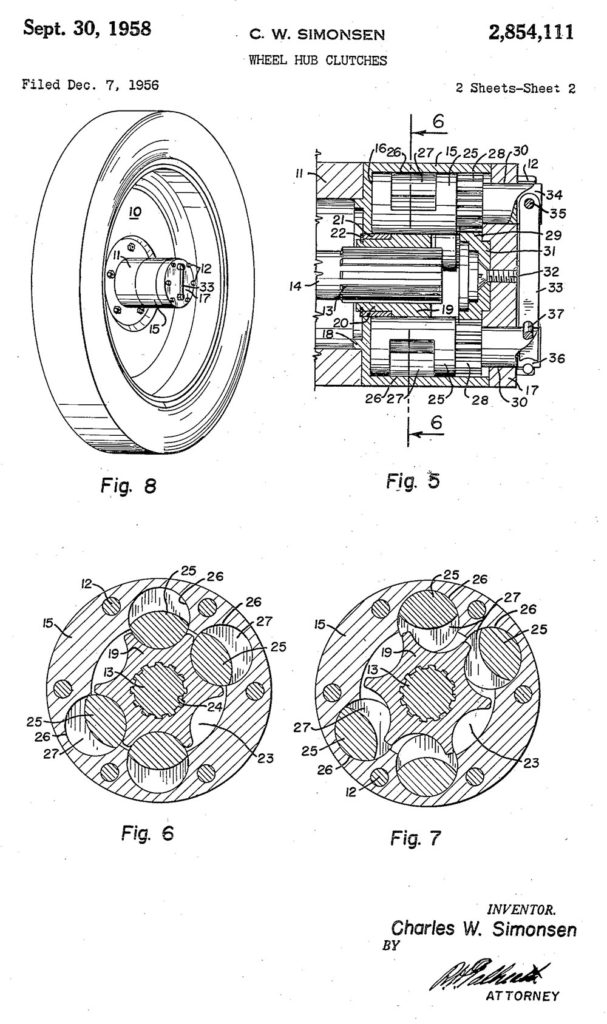
This photo may highlight why that design didn’t hold up well and why support was needed for the cam levers:
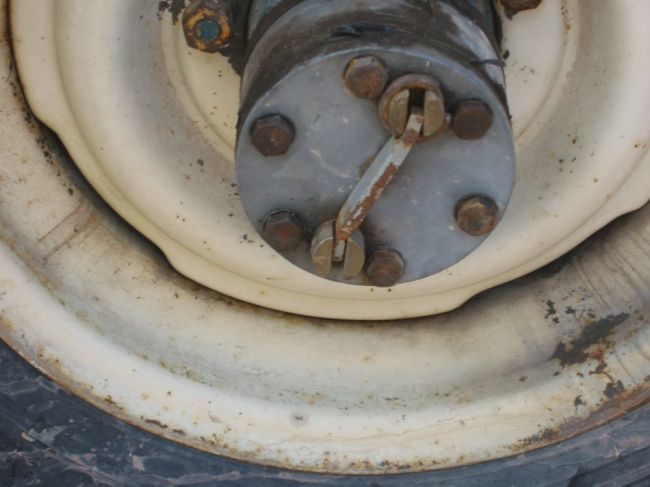
This photo was found on a G503 forum. You can see that the lever has been highly stressed.
CONJECTURE: If the bending of the single lever was even a somewhat common occurrence, then it would explain the shift to a dual lever, rib-supported design. One of those early designs may have been the Design W or the Watson hub seen at the bottom of the post, but it seems to me that when full of mud and small debris, that loosening the levers would have been difficult. So, my theory is that the next idea was Design A, which is the earliest one documented with a specific date.
DESIGN A: The earliest example of a Dualmatic hub with a date comes in the form of this April 1958 advertisement in Popular Mechanics. For our purposes, this would be Design A. It has full, un-rounded ribs and a recessed interior
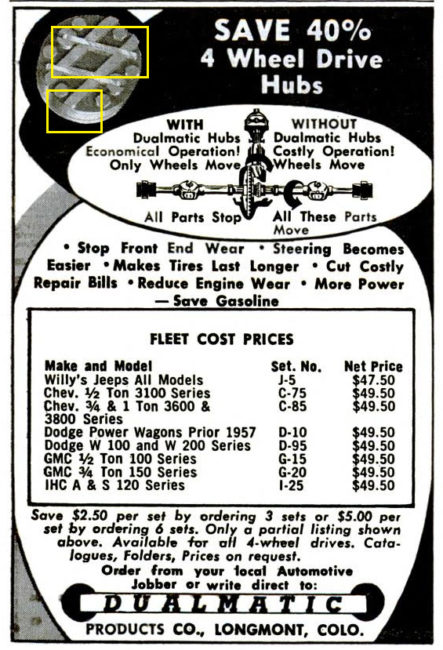
Design A hub with recessed center, full ribs, sharp rib ends.
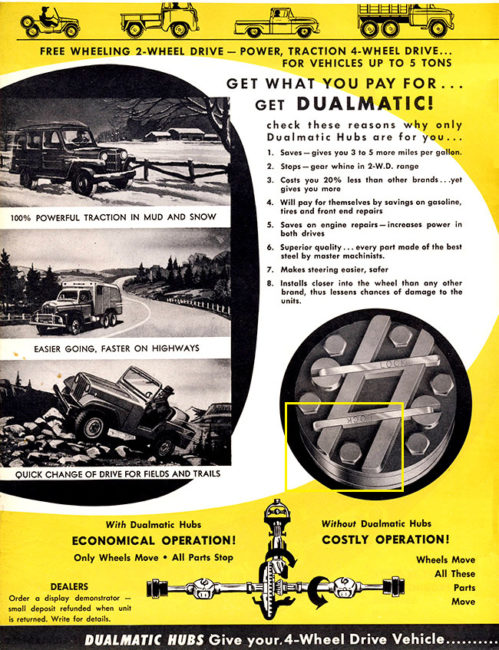
Design A hub with recessed center, full ribs, sharp rib ends.
Design A can also be seen in this undated brochure, most likely pre-1963 given the lack of full-size jeeps:
Curiously, Design A was still around in 1964, as evidenced by this 1964 Montgomery Wards catalog ad below, but a new type of style appeared, which I call Design C, with a raised center (for branding I assume) and full, but rounded-ribs (and around as late as August 1965 in a Four Wheeler Ad):
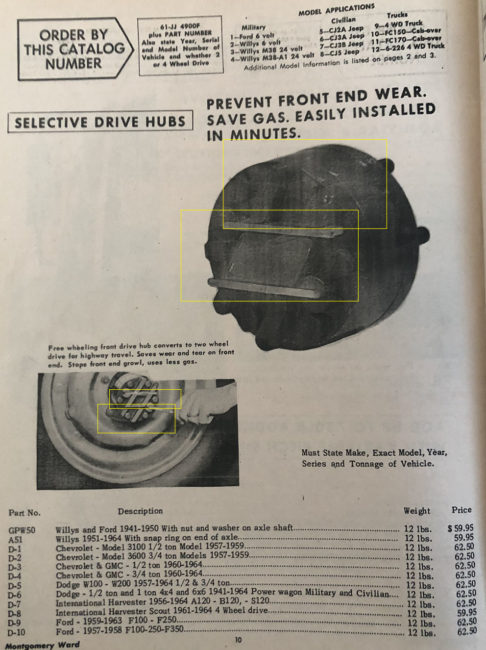
Designs A & C Dualmatic hubs. Lower pic — Design A hub with recessed center, full ribs, sharp rib ends. Design C Dualmatic hubs with raised center, full ribs, round-ended ribs.
DESIGN C: Here is a better pic of Design C. You’ll note that the sticker branding is colored black. So far, the consensus is that there were three different colors of stickers, black, blue and red. Again, when each was used and why they changed is uncertain:
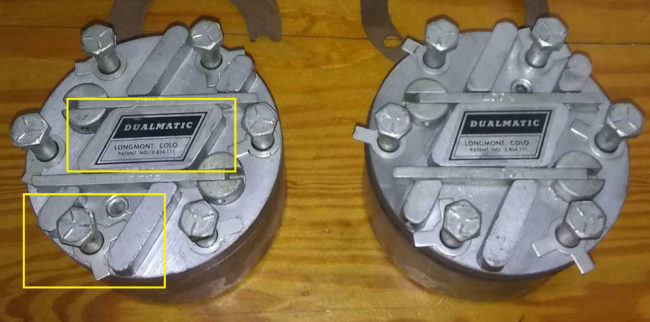
Design C Dualmatic hubs with raised center, full ribs, rounded-ended ribs.
DESIGN B: At some juncture, Design B was introduced. Design B had a raised center and full, sharp ribs like Design A. You’ll also note that this has the red center branding sticker: Continue reading →












